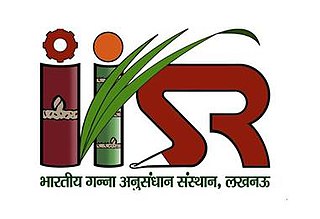 W
WSugar has been produced in India since ancient times and then it spread to other parts of the world. Sugarcane is a native of tropical Indian subcontinent and Southeast Asia. In India, sugarcane is planted thrice a year in October, March and July depending on part of the country. Most of the sugar production in India takes at local Cooperative Sugar mills. After gaining Independence, India made serious plans for overall industrial development of sugar industry.
 W
WJaggery is a traditional non-centrifugal cane sugar consumed in the Indian Subcontinent and Southeast Asia. It is a concentrated product of cane juice and often date or palm sap without separation of the molasses and crystals, and can vary from golden brown to dark brown in colour. It is similar to the Latin American panela, also known as piloncillo in Mexico. It contains up to 50% sucrose, up to 20% invert sugars, and up to 20% moisture, with the remainder made up of other insoluble matter, such as wood ash, proteins, and bagasse fibres. Jaggery is very similar to muscavado an important sweetener in Portuguese cuisine and British cuisine. The Kenyan Sukari ngutu/nguru has no fibre; it is dark and is made from sugar cane.
 W
WThe Indian Institute of Sugarcane Research is an autonomous institute of higher learning, under the umbrella of Indian Council of Agricultural Research (ICAR) by the Ministry of Agriculture, Government of India for advanced research in sugar cane agriculture. The Institute is located on Raibareli Road, Dilkusha in Lucknow, Uttar Pradesh, India.
 W
WThe National Sugar Institute (NSI) established in 1936, is involved in research, training and advisory services to the sugar and allied industry, and functions under the Department of Food and Public Distribution of the Ministry of Consumer Affairs, Food and Public Distribution. Located in Kalyanpur, Kanpur, Uttar Pradesh, India, it provides technical education and training in research in all branches of sugar chemistry, sugar technology, sugar engineering and allied fields. The institute provide assistance to central and state governments in matters relating to sugar and allied industries.
 W
WSugarcane Breeding Institute (SBI) is a central research institute in Coimbatore, India. It was established in 1912 and is affiliated to Indian Council of Agricultural Research. It was established to promote research efforts in sugarcane production and is the only sugarcane research institute in the country.
 W
WUgar Khurd is a town municipal council in the district of Belagavi, in the state of Karnataka, in India. Khurd and Kalan Persian language word which means small and Big respectively when two villages have same name then it is distinguished as Kalan means Big and Khurd means Small with Village Name.
 W
WVithalrao Eknath Rao Vikhe Patil was an Indian industrialist, the founder of the first sugar factory in the cooperative sector in India at Loni, in Maharashtra and the founder of a group of industries and institutions composed of Institute of Business Management and Rural Development, Padmashri Dr. Vithalrao Vikhe Patil Foundation's Medical College and Hospital and Padmashri Dr. Vitthalrao Vikhe Patil Sahakari Sakhar Karkhana Limited, operating under Padmashree Dr. Vithalrao Foundation. The Government of India honoured him in 1961,with the award of Padma Shri, the fourth highest Indian civilian award for his services to the nation. His son, Balasaheb Vikhe Patil, is a recipient of Padma Bhushan, a member of parliament and a former minister. Government of India issued a postage stamp.